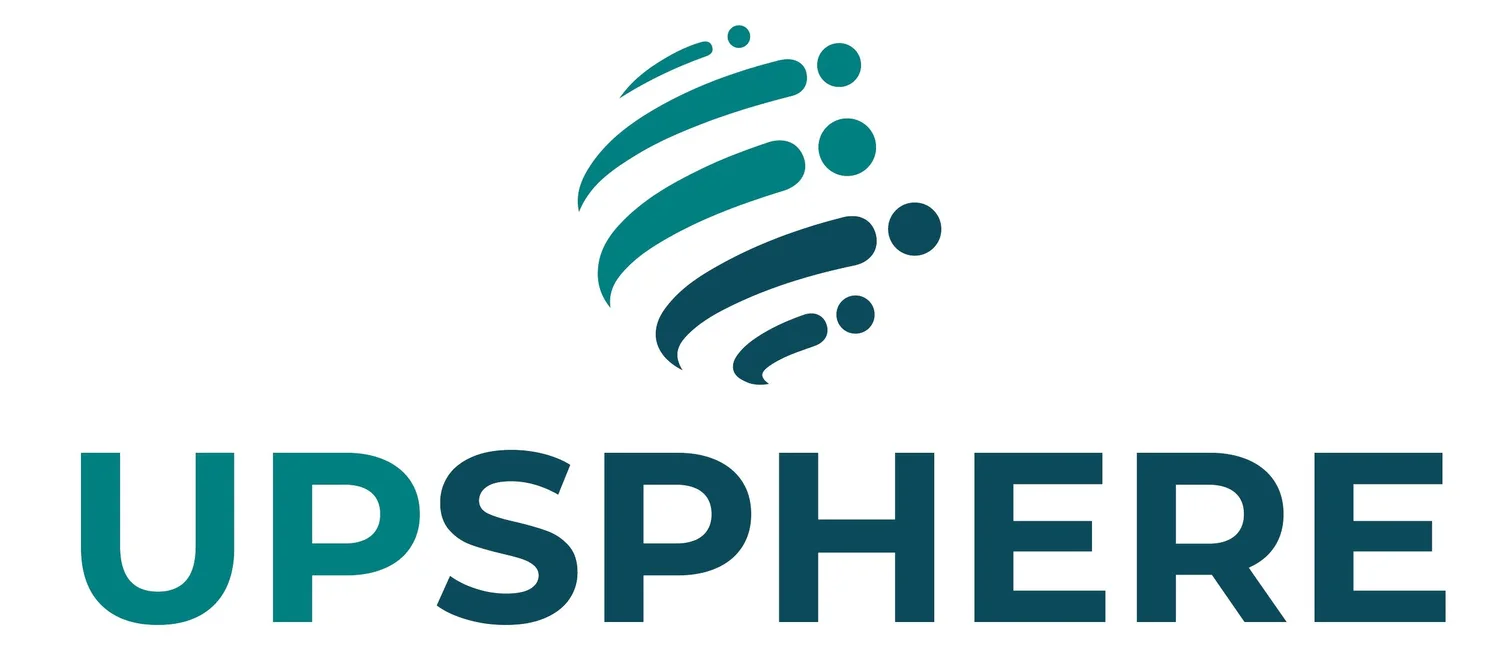Cultural Readiness for AI Integration: How Organizations Can Lead with People First
Before artificial intelligence (AI) can drive innovation, boost efficiency, or create strategic value, it must first be culturally welcomed.
In work across industries, Accenture sees one consistent truth: the success of AI isn’t just determined by algorithms—it’s defined by people.
Why Culture Comes Before AI
So, before your organization jumps to implementation, investing heavily in technology, first consider how your people will respond. The real transformation will start long before the first line of code is written. Look at your organization’s culture because it begins here. It beings with culture—mindsets, behaviours, and trust.
How to Assess Cultural Readiness
Cultural readiness is the foundation of sustainable AI integration. It’s about assessing how prepared your organization is—not just in terms of infrastructure, but in mindset.
Ask yourself:
Are your teams energized or hesitant about AI?
Do they trust leadership to guide them through change?
Are they empowered to experiment, learn, and even fail safely?
These are not secondary considerations—they’re central. Recent research confirms that organizations with a strong cultural alignment around AI adoption see significantly greater returns from their efforts.
Use Surveys and Conversations
For HR and change leaders, the role is clear: listen deeply and act intentionally. Start by engaging employees through surveys, interviews, or open conversations. Identify concerns, champions, and areas of resistance. This insight will guide your rollout strategy.
Look for Trust, Fear, and Curiosity
You’re not just measuring knowledge—you’re uncovering emotional readiness. When trust is low, AI feels like a threat. When curiosity is high, change becomes an opportunity.
The Role of HR and Change Leaders
For HR and change leaders, the path is clear: support people through the transition and make AI human-centred from day one.
Lead with Transparency
Be open about what AI is and isn’t. Share what’s known, admit what’s still being figured out, and clarify the supports in place. Transparency builds confidence. When people feel informed and included, they engage.
Normalize the Conversation
Position AI as a tool to enhance—not replace human capability. Clarify its role and purpose so it feels familiar, not foreign. The more people understand how AI supports their work, the more likely they are to embrace it.
Final Thought: Lead with Humanity
At UpSphere, we believe cultural readiness is not a box to check—it’s a commitment to lead change with humanity at the center. Start there, and the technology will follow.
Download our free Cultural Readiness Assessment Tool to evaluate your organization’s ability to adopt AI successfully. Enter your email to get instant access.

